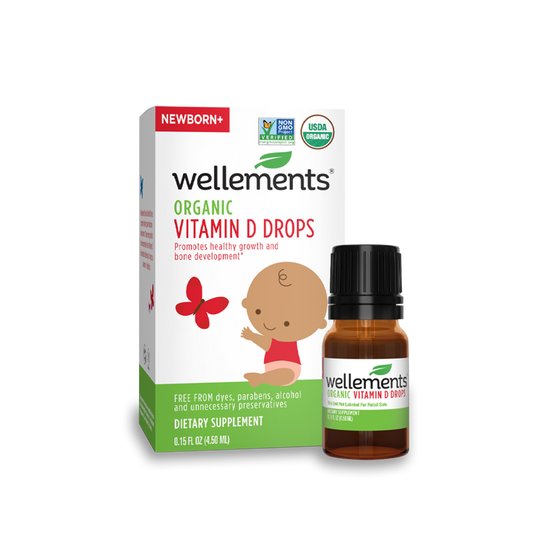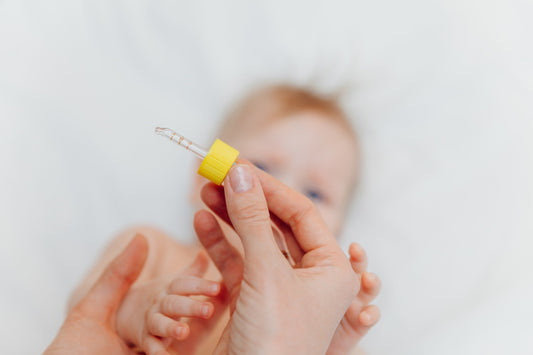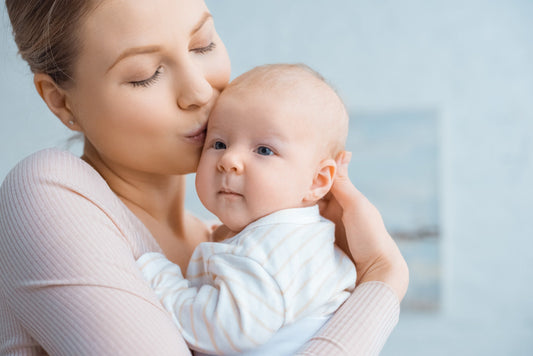How To Keep Your Baby Safe In The Sun (Benefits & Safety Precautions)
| updated:Share

The arrival of warm weather is always welcome after a long winter. Families want to enjoy the bright, sunny afternoons outdoors, breathing in the fresh air. While nothing is wrong with fresh air, all parents must remember that the sun presents risks.
Children younger than 6 months need more protection than other children, especially when it comes to keeping cool. Still, do not think removing clothing is the best way to keep your baby cool. The more clothing you remove, the less protected your child is from potentially harmful UV rays.
Why Is Sun Protection Important?
The sun is beautiful and can contribute to overall health, but too much of it can be problematic. For newborns, the sun can lead to heat exhaustion or stroke, and it can also cause burns. Additionally, unprotected sun exposure can risk eye development and skin cell damage. Skin cancer is also a risk.
Sun protection is essential for newborns, toddlers, teens, and adults. Whenever you step outside, you should put on adequate sunblock. The creams or sprays provide a protective barrier against UV rays.

How Do Sunburns Happen?
Sunburn occurs when UV rays from the sun interact with unprotected skin cells. UV rays cause radiation burns that damage the skin's DNA. When the skin cells detect damage, they send messages to attract immune cells to the site.
The result of cell communication is the production of extra fluid and swelling. You will notice redness, sensitivity, and hot sensations in the affected area. The immune system response will continue for the next 24 to 48 hours.
As the swelling subsides, the body kills off the damaged skin cells. You will heal and peel.
How To Prevent a Baby From Sun Burning
You may want to avoid going out in the sun for babies under six months old. If you go out, ensure your baby has proper covering, including a hat. You should also consider using a stroller with a sunshade.
For babies six months and older, use UV protection. You should use sunscreen with SPF 30 or more. Additionally, reapply the sunscreen every 90 minutes. As with younger children, have your child wear a hat, sunglasses, and other appropriate clothing.

Sun Exposure & Vitamin D
Vitamin D is an essential vitamin. Unfortunately, many people suffer from vitamin D deficiencies because they do not get enough sunlight. The sun's UV rays help the cholesterol in skin cells produce vitamin D. According to doctors; people need a minimum of 15 minutes a day of sunlight to maintain adequate vitamin D levels.
You cannot wear sunscreen during the 15-minute vitamin production phase. Sunscreen blocks or reflects UVB rays. Still, if you feel unsafe exposing your baby to UV rays, you can use supplements like those offered by Wellements to reduce your baby's risk of a deficiency.
4.2 /
5.0
(86)
86
total reviews
Vitamin D Drops
Sale price
$11.99
What To Do if Your Child Gets a Sunburn
If your baby or child experiences sunburn, apply a cool washcloth to the affected area several times a day. The coolness can soothe burns and reduce pain. Give your child a cool bath lasting 10 minutes if the burn site is significant. Do not use soap on a sunburn. You will also want to make sure your child stays hydrated.
For children over 6 months old, you might consider ibuprofen. However, talk to your pediatrician before using any pain reliever, including steroid creams.
Sunburns are no fun, but they typically do not require medical intervention. A cool cloth, plenty of fluids, and a nice cool area to recuperate are often enough.



